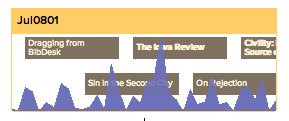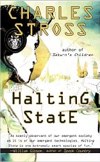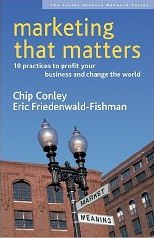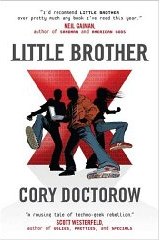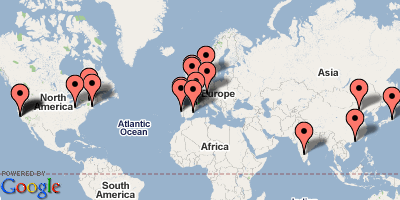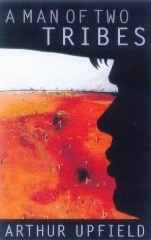by Stewart Mader
This interesting manual addresses a business problem of the moment: how can you coax an organization to use a wiki? Mader is convinced that contemporary organizations frequently need wikis in order to facilitate necessary collaboration — that people often do badly through email what they could do effectively through wikis.
Wikipatterns shares a nearly universal weakness of contemporary business books: it assumes that its audience knows nothing about business. In chapter 1, the virtues of collaboration are introduced with the familiar anecdote of Toyoda Kiichiro's epiphanic vision, while visiting a Ford plant, of the Toyota Production System with its emphasis on collaborative teams and diffused responsibility. The story is told as if the reader hadn't heard it before, and didn't know that Toyota has gone on to become the world's largest automotive manufacturer. It's also told as if the the status of Labor and the anxieties of Management were, in 1950, pretty much interchangeable in Japan and in Detroit. And, finally, it's told as if decentralized responsibility, having reportedly worked at Toyota, was therefore clearly a Good Thing, that it would play no role in the collapse of so many once-great firms, from WorldComm to Bear Sterns, from American steel to the great US accounting firms, from TWA and Pan Am to DEC and Compaq.
This weight of history might not bother the uncritical reader who just wants to get on with the jon. The assumption that current success indicates intelligence and virtue is endemic to American business books. I find both disconcerting.
Moving closer to wiki concerns, Mader assumes that fellow employees of an enterprise naturally share common goals and so will work toward the same end unless misled or thwarted by evil managers or ill-designed tools. This may sometimes be true, but to believe it universal is to ignore what we know of the workplace and what we know of people. When choosing vendors, can we neglect the possibility that Roger may have a job offer from vendor A in his back pocket, perhaps understood to be contingent on A getting the deal? That Ellen's brother-in-law stands to get a hefty commission if B gets the contract? That Sandy simply likes the sales rep for C? That Justin knows the VP will choose D, whatever the committee recommends, and so the VP will be grateful to whoever backed D? We all know these things happen; there is no sign of them here.
Mader is quick to dismiss CSCW tools and formal methods, preferring the lightweight informality of the unstructure wiki.
Status quo often becomes the norm when the tools available to people are difficult to use, highly structured and only meet a narrow set of needs, and don't elicit a positive emotional response from the people that use them. (p. xxxiii)
One might object, though, that the status quo is, by definition, the norm! The sentence, despite its prominence, is awkward; the first conjunction, acceptable on its own, is unhinged by the addition of the second “and”.
Could this be a general hazard of editing on wikis?
Darker questions that surround "knowledge management” are glossed over as well. Consider layoffs and benefits. John, the delivery man, has worked for us for 16 years. He has always been an adequate, but marginal, contributor. If he stays another two years, he will be entitled to a pension that will cost $N, where N is substantially more money than John is likely to earn for us in the next two, or twenty years. If he happens to leave the firm, or to be dismissed, before that date, he would receive no pension. Because John suffers from lung cancer, he is unlikely in any case to work for us for twenty more years — indeed, his illness (and ill humor, which we understand but which is not without its own adverse impact on the firm) will likely make him a more marginal contributor going forward than he is now. Today we are all collaborating on wiki pages about GroundsForTermination, PensionPolicy and GrievanceResolution. Do we indeed share common goals?
The “patterns” in WikiPatterns are actually tactics — managerial and social techniques in encourage workers to use a wiki — rather than patterns in the sense more common in computer science, structures and connections in the wiki. Understanding the structure of wikis (and indeed of constructive collaborative hypertexts of all sorts) remains a core WikiMystery.
Yet, despite these hesitations, doubts, and objections, this is a fine treatment of a common problem. How do you plant and grow a successful wiki? How can you attract supporters and defuse rivals? How can you detect weeds in your wiki, and how can you remove them without creating an EditWar or a WikiMeltdown? We have surprisingly little guidance to the contemporary workplace, and if Then We Came To The End brilliantly shows us the downside of the cycle, WikiPatterns gives us hope that spring can come again.

